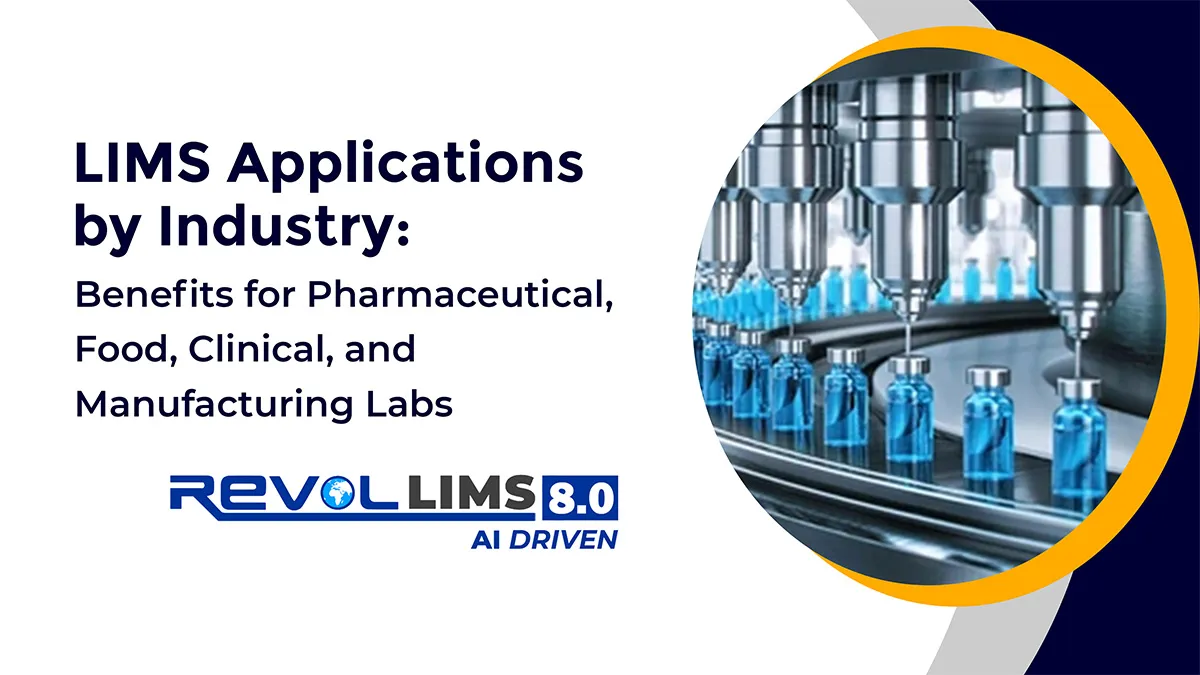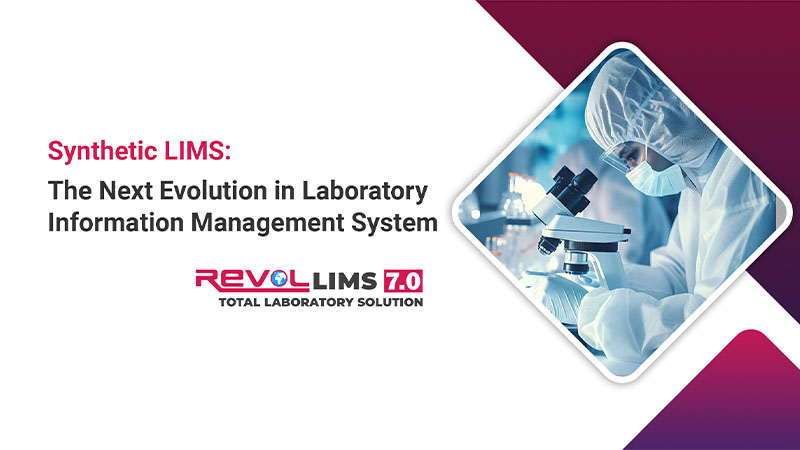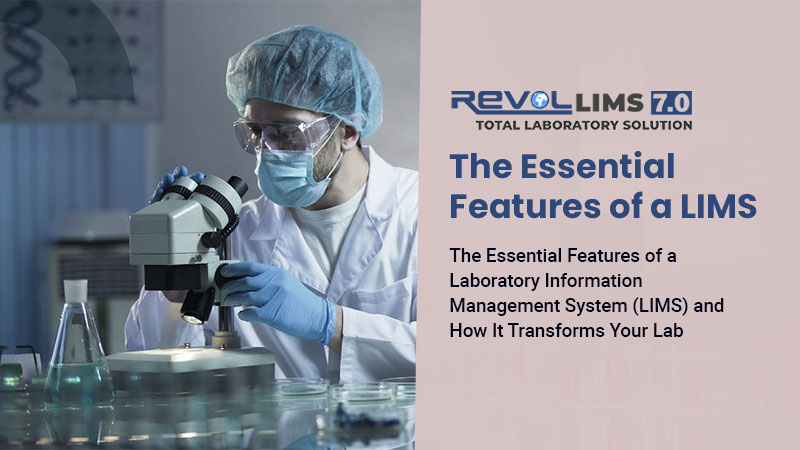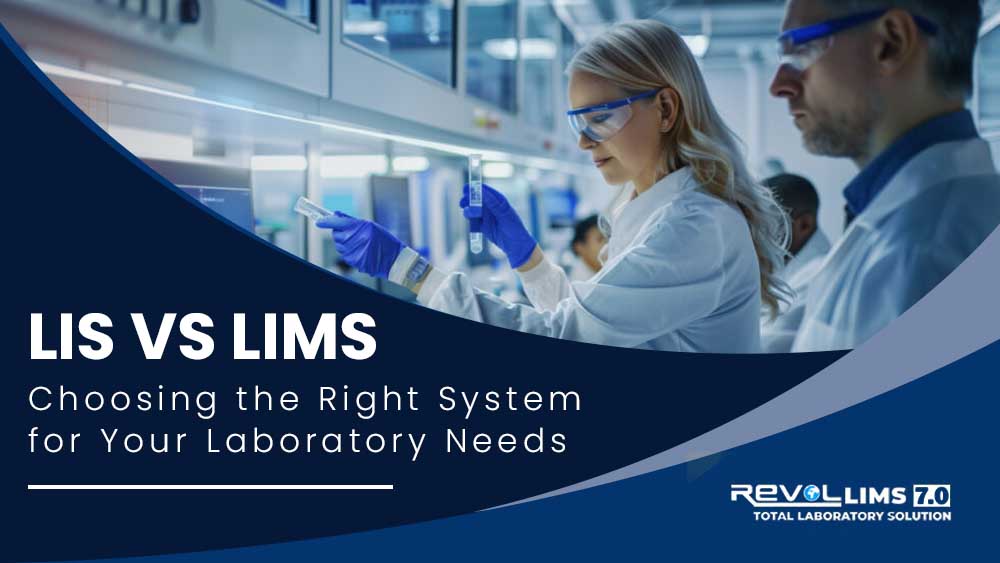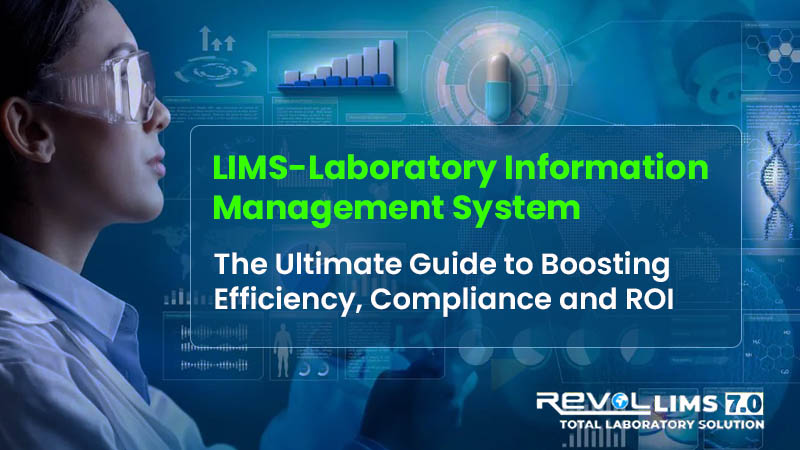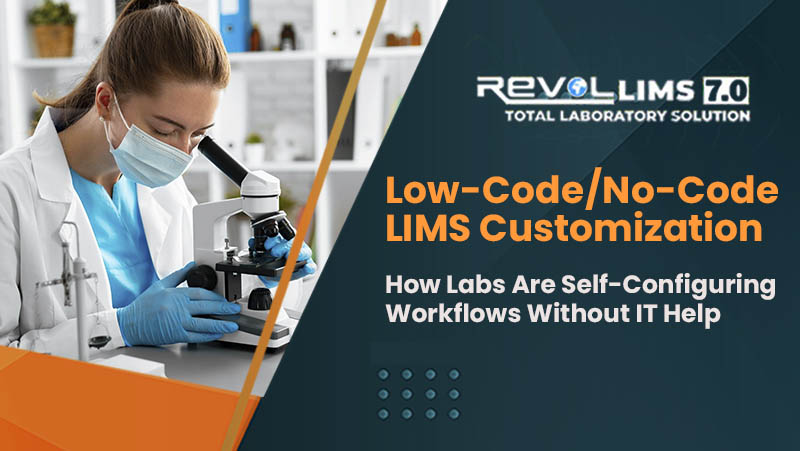
Introduction
Today's science and healthcare, laboratories are under constant pressure to streamline operations, maintain compliance, and accelerate innovation. One critical tool in this mission is the Laboratory Information Management System (LIMS)—a software platform designed to manage lab workflows, sample tracking, data integrity and reporting.
Traditionally, deploying or customizing a LIMS has required extensive software development resources and months of configuration. But the rise of Low-Code/No-Code (LCNC) platforms is reshaping that narrative.
What Is a Low-Code/No-Code LIMS?
A Low-Code/No-Code LIMS allows labs to build, configure and customize their LIMS with minimal or zero programming. These platforms use intuitive drag-and-drop interfaces, visual workflows and pre-built components to enable both technical and non-technical users to:
- Digitize sample tracking and test records.
- Automate workflows and approvals.
- Manage user access and audit trails.
- Integrate with lab instruments and external databases.
- Generate regulatory-compliant reports.
Whether it's a biobank, clinical lab, or quality control department in manufacturing, LCNC LIMS solutions are proving to be agile, scalable and cost-effective alternatives to traditional systems.
Example:
A microbiology lab can design a custom sample-tracking dashboard without writing SQL queries—just drag, drop and deploy.
How Labs Benefit from Self-Configuring LIMS
Faster Deployment
- No waiting for IT/dev teams—configure in hours, not months.
Cost Savings
- Reduces dependency on expensive developers or vendor consultants.
Flexibility for Evolving Needs
- Labs can adapt to new regulations (FDA, ISO) or research protocols on the fly.
Democratization of Lab Tech
- Biologists, chemists, and lab techs own their digital tools—no coding expertise required.
Key Benefits of Low-Code/No-Code LIMS
1. Faster Deployment
No-code tools drastically reduce setup time—from months to weeks or even days—by eliminating the need for writing complex backend code.
2. Greater Flexibility
As lab processes evolve, the LIMS can be easily modified by lab personnel or IT admins without requiring a developer for every change.
3. Cost-Efficiency
Less developer time and faster rollouts translate to lower implementation and maintenance costs.
4. Empowered Users
Subject matter experts (e.g., lab managers or scientists) can take control of their systems, tailoring workflows that fit their exact needs without a middleman.
5. Compliance & Traceability
Many LCNC platforms support built-in features for audit trails, electronic signatures and data integrity—crucial for GxP compliance.
Features to Look for in a LCNC LIMS Platform
- Visual Workflow Editor: Easily define and automate lab processes.
- Data Modeling Tools: Customize fields, sample types and relationships.
- Integration Capabilities: Plug into instruments, databases, or ERP systems via APIs.
- Role-Based Access Control: Manage who sees or edits what.
- Regulatory Compliance Support: 21 CFR Part 11, ISO 17025, GLP and more.
- Cloud or On-Prem Options: Depending on your data security requirements.
Future of No-Code LIMS: AI & Hyperautomation
- AI-assisted workflow suggestions (e.g., "Optimize this SOP based on past data").
- Voice-activated LIMS ("Hey LIMS, create a new sample batch").
- IoT integration (Auto-pull data from lab equipment into custom dashboards).
Conclusion
Low-Code/No-Code LIMS platforms are breaking down barriers in lab digitization. They offer the agility labs need to innovate faster, adapt to change and stay compliant—all while cutting costs and reducing technical complexity.
Whether you're launching a new lab or looking to modernize legacy systems, LCNC solutions deserve a spot on your radar.



